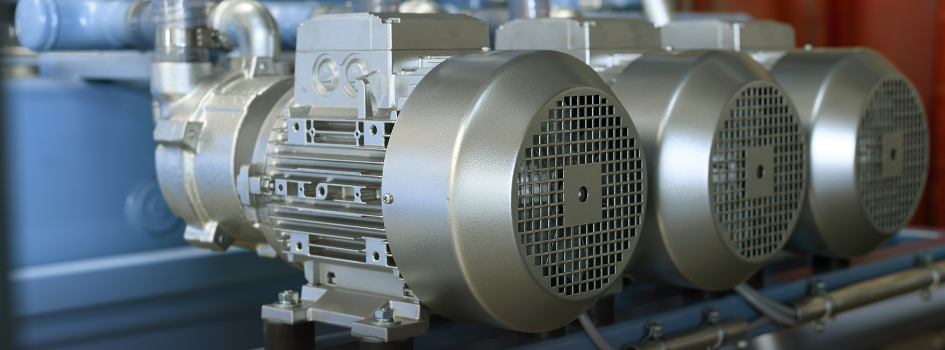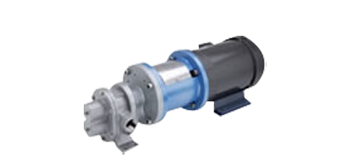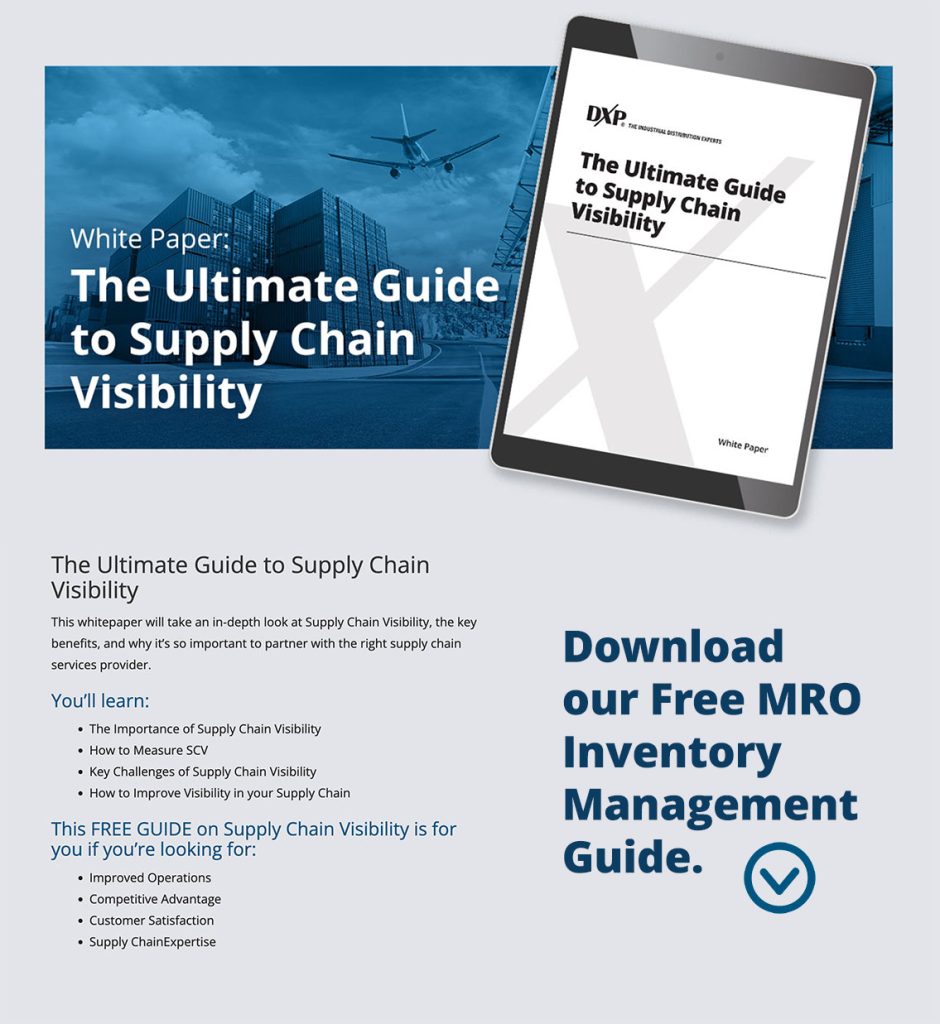
Types of Vacuum Pumps: Selection Guide
Vacuum pumps are devices that remove gas from an enclosed space to create a pressure lower than atmospheric. The way they work depends on the type, but the general idea is to either move air out mechanically, push it away using momentum, or trap it using cold or chemical methods. As gas gets pulled out, pressure drops, making it possible to carry out processes that need a low-pressure environment. This could mean keeping things clean, improving material properties, or simulating outer space.
Main Categories of Vacuum Pumps
Vacuum pumps fall into three broad groups based on how they handle gas: positive displacement, kinetic transfer, and entrapment.
1. Positive Displacement Pumps
Positive displacement pumps work by mechanically capturing a fixed volume of gas and pushing it out. These are ideal for achieving low to medium vacuum and are used in many industrial and lab applications. They tend to be rugged and reliable.

Rotary Vane
Rotary vane pumps are very common. Inside, a rotor spins off-center in a round case, with vanes that slide in and out. This pulls in air and pushes it out.
Used in: Refrigeration, drying, labs, automotive shops
Pros:
- Affordable
- Goes down to ~1 x 10-3 Torr
- Quiet and compact
Cons:
- Needs oil
- Regular maintenance required
Diaphragm
A flexible membrane actuates via a crankshaft or solenoid to draw in gas and expel it through check valves. Gas never contacts moving parts or lubricants.
Used in: Labs, air sampling, medical gear
Pros:
- Oil-free
- Good for corrosive gases
- Low maintenance
Cons:
- Max vacuum ~10 Torr
- Limited throughput
- Not suitable for high-volume evacuation
Scroll
Scroll pumps use two spiral shapes (one fixed, one orbiting) to compress and expel air.
Used in: Cleanrooms, analytical instruments
Pros:
- Oil-free
- Quiet
- Fewer moving parts
Cons:
- Pricey
- Sensitive to dirt or moisture
Liquid Ring
Uses a rotating impeller in a fluid-filled chamber to move air. The liquid forms a ring that seals the pumping chamber.
Used in: Chemical plants, food production
Pros:
- Handles moisture and dirty gas
- Quiet
Cons:
- Needs a constant water supply
- Vacuum limit around 30 Torr
Roots (Blower)
Two synchronized rotors with lobes rotate in opposite directions, moving gas without internal compression. Used to boost pumping speed in series with a backing pump.
Used in: Large systems, coatings, metal processing, vacuum distillation
Pros:
- High volume
- Durable
Cons:
- Not usable alone at atmospheric pressure
- Needs a secondary pump for deeper vacuum
- High power consumption at start-up
2. Kinetic Transfer Pumps
Kinetic transfer pumps use high-speed motion to transfer momentum to gas molecules, driving them out of the chamber. They are suited for higher vacuum ranges and rely on backing pumps to handle exhaust gases.
Turbomolecular
Uses spinning blades to push gas down through stages. Needs a backing pump.
Used in: Semiconductors, space testing, surface science, mass spectrometry
Pros:
- Ultra-deep vacuum (~10-10 Torr)
- Oil-free
Cons:
- Expensive
- Sensitive to impact and debris
Diffusion
Heats oil to create vapor jets that drag gas molecules out. Also needs a backing pump.
Used in: Vacuum ovens, metalwork
Pros:
- High throughput
- Good vacuum (~10-7 Torr)
- Low cost
Cons:
- Risk of oil backflow
- Long heat-up/cool-down
3. Entrapment Pumps
Entrapment pumps don’t move gas at all; they trap it on cold surfaces, chemically react with it, or embed it using ionization. These pumps reach the highest vacuum levels and are typically used in ultra-clean, sensitive setups.
Cryogenic
Cools surfaces to freeze gases. The colder it gets, the more it captures.
Used in: Space simulations, particle research
Pros:
- Deepest vacuum (~10-12 Torr)
- No oil
- Good for light gases
Cons:
- Needs complex cooling
- Expensive to run
Getter and Ion Pumps
Found in ultra-clean setups like physics labs. These pumps chemically or electrically trap gases.
Used in: High-end research environments
Note: Not covered in detail here
Matching Vacuum Pump Type to Application
| Industry/Application | Recommended Vacuum Pump Types |
| Food packaging | rotary vane |
| Pharmaceutical R&D | scroll, diaphragm |
| Semiconductor | turbomolecular, cryogenic |
| Chemical processing | liquid ring, diaphragm |
| Metallurgy | roots, diffusion |
| Laboratory use | diaphragm, scroll |
| Vacuum coating | roots, turbomolecular |
| Wastewater treatment | liquid ring |
How to Choose a Vacuum Pump
Choosing a type of vacuum pump involves balancing technical needs with practical constraints. Consider the following:
- Target vacuum range: Define if the process needs rough (1,000 to 1 Torr), medium (1 to 10-3 Torr), high (10-3 to 10-7 Torr), or ultra-high vacuum (below 10-7 Torr)
- Gas or vapor type: Identify if gases are corrosive, reactive, condensable, or carry particulates
- Flow rate: Specify how much gas needs to be moved and at what speed
- Contamination control: Oil-free pumps are better for sensitive processes
- Run time and reliability: Assess how frequently the pump operates and how long it needs to run
- Service and operational costs: Account for maintenance intervals, spare part needs, and energy use
- Industry standards and process conditions: Match pump capabilities with regulatory or process-specific requirements
Discover DXP Vacuum Pumps
Not sure how to narrow it down? DXP’s rotating equipment division supplies vacuum pumps from all the major categories, and we can help you find something that works. Our team listens and recommends pumping solutions that matches the actual demands of your space, gas load, maintenance routine, etc.
Need support with installation or service? We also offer pump repair services. Just give us a call and let us know what you need!
Contact DXP to learn more about our innovative pump solutions.

